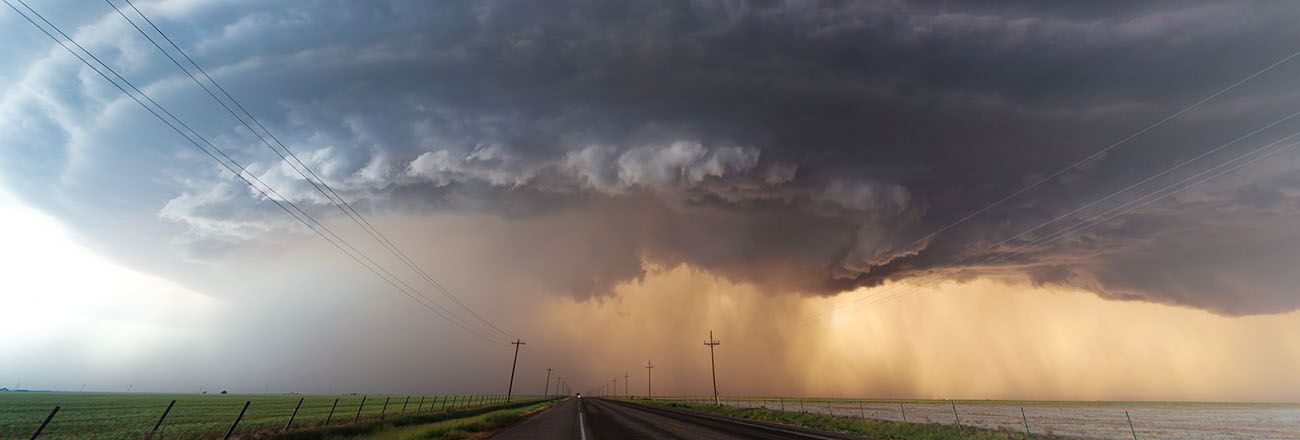
How to Keep your IT Infrastructure Safe from Natural Disasters
Costly natural disasters—think disasters that cost over $1 billion—are occurring with increased frequency. According to the National Oceanic and Atmospheric Administration, there was an average of 6.3 annual billion-dollar events from 1980-2018, yet in the last five years alone, the average doubled to 12.6.
Last year, natural disasters cost the U.S. $91 billion, and there were 30 events in total over 2017 and 2018 with losses exceeding $1 billion.
Whether the event is a hurricane, flood, tornado, or wildfire, businesses can be blindsided when they do happen. And many businesses are woefully unprepared. As many as 50 percent of organizations affected won’t survive these kinds of events, according to IDC’s State of IT Resilience white paper.
Of those businesses that do survive, IDC found that the average cost of downtime is $250,000 per hour across all industries and organizational sizes.

Imagine what would happen if your business takes a direct hit and your data, applications and infrastructure are disabled. We all know that these events are unpredictable, but that doesn’t mean that we can’t do something now to prepare for any eventuality.
Here are a few basic steps you should take to protect your IT infrastructure and keep your business up and running after a natural disaster.
Perform a Self-Evaluation
The first step in protecting your sensitive information is to determine exactly what needs to be safeguarded.
For most companies, the biggest risk is data loss. Determine how many instances of your data exist and where they are located. If your company only performs backs up onsite or even stores data off-site with no additional backup, you need to reevaluate your strategy. Putting all your eggs in one basket makes it easy for your information to be wiped out by natural disasters.
Think About Off-Site Backups in Different Locations
If you do use off-site backups for your information, you’re taking a step in the right direction, but depending on their physical location, your data might not yet be fully protected.
Consider this scenario: Your business is headquartered in San Francisco and you back up your data in nearby Silicon Valley. A massive earthquake strikes the Bay Area (seismologists say California is overdue for the next “big one”), disabling your building as well as the data center where your backup data is located. Depending on the size of the disaster it could take hours, days or even weeks before your data is accessible. Would your company be able to survive this disruption?
A smarter option would be to select a backup site that’s not in the same geographic region, reducing the chances that both locations would be impacted by the same disaster.
Consider the Cloud
An option becoming more popular with businesses is to utilize cloud storage as their backup solution. HorizonIQ provides a cost-effective and scalable storage option, providing a flexible and dependable cloud storage solution.
Another dependable and more robust option, Disaster Recovery as a Service (DRaaS) replicates mission-critical data and applications so your business does not suffer any downtime during natural disasters. DRaaS provides an automatic failover to a secondary site should your main environment go down, while allowing your IT teams to monitor and control your replicated infrastructure without your end users knowing anything is wrong.
Think of DRaaS as a facility redundancy in your infrastructure, but rather than running your servers simultaneously from multiple sites, one is just standing by ready to go in case of an emergency.
Don’t Wait Until It’s Too Late
It’s never a bad time to evaluate your disaster recovery strategy. But if you’re waiting for a natural disaster to come barreling toward your city, then you’re waiting too long to establish and activate your backup strategy.
It’s just up to you and your IT team to determine which services are most appropriate for your business needs.



